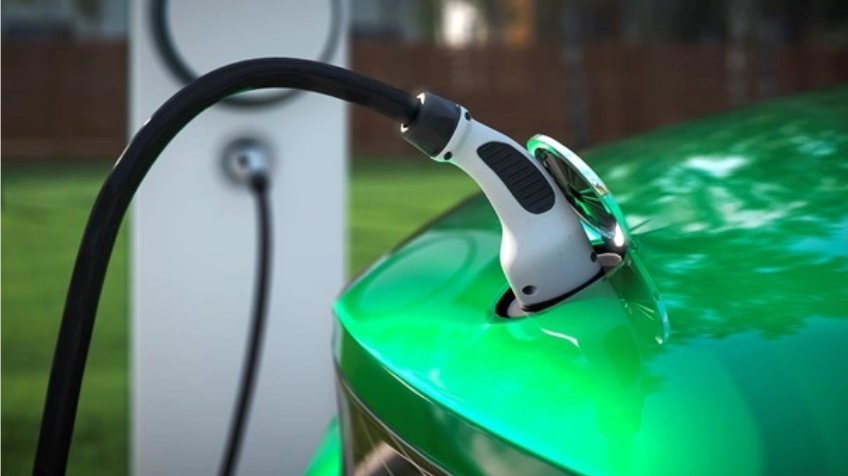APR vs Interest Rate: What’s the Difference?
Written by
Friday 4th October 2024
Last updated: 6th February 2025

The difference between interest rate and annual percentage rate (APR) is that the interest rate shows the amount you’ll be charged over a year for borrowing the principal amount, whereas APR also includes any additional fees you’ll be expected to pay as part of the lending agreement.
We don’t charge any additional fees here at Novuna Personal Finance. This means the APR and interest rate will be the same when you take out a loan with us.
Both APR and interest rate show how much you’ll need to pay back when you borrow money, such as taking out a personal loan. However, as the APR shows the total cost of borrowing, it’s best to use the APR instead of just the interest rate when comparing similar financial products. This will give you a more accurate idea of how much your monthly repayments will be.
What is interest rate?
Interest rate is the cost of borrowing money, usually expressed as a percentage of the total amount you wish to borrow. The higher the interest rate, the more you’ll pay over the lifetime of your loan.
Interest charges are usually added to the total amount payable, so you’ll pay off interest as part of your monthly repayments rather than in one lump sum. This helps to make paying interest costs more manageable.
Personal loans tend to have fixed interest rates so interest charges will remain consistent for the entirety of your term. This could help you to better manage your monthly outgoings, as you know exactly how much you’re expected to pay back each month and when.
Lots of factors can influence the interest rate lenders offer, including your personal circumstances and credit history, economic factors and inflation.
Example: How interest rates impact the cost of borrowing
Let’s say you take out a personal loan with us for £7,500 at 6.4% APR over a term of 60 months. As we don’t charge additional fees, you will only need to repay interest costs so the total amount payable will be £8,745, or £145.75 per month.
If the interest rate increases to 6.9% APR, your total amount payable will increase to £8,846.40, or £147.44 per month.
Representative example: Novuna loan based on borrowing £7,500 over 60 months at 6.9% APR Representative: Interest rate (fixed) 6.9%, monthly repayment £147.44, total credit charge £1,346.40, total repayment: £8,846.40.
What is APR and how does it work?
APR, which stands for Annual Percentage Rate, represents a combination of interest rate and any additional fees you’ll be charged when borrowing. This allows you to more accurately compare the cost of borrowing across different lenders.
The APR may be higher than the interest rate as it includes all associated costs and fees. However, if the lender doesn’t charge any additional fees, the APR remains the same as the interest rate.
Comparing loans using a Representative Example
A representative example gives you an idea of how much borrowing money could cost based on the APR at least 51% of people are offered. Representative APRs are useful as they allow you to more accurately compare like-for-line loans on the market.
Lenders often display an online loan calculator. This tool gives you an idea of how much you can borrow, plus estimated monthly repayment costs based on their Representative APR.
Keep in mind that that the rate you’re offered may change depending on your personal and financial circumstances, credit history, loan amount and loan term. To get a personalised rate from Novuna, you’ll need to fill out a full application which will involve a hard credit check.
What is a good APR?
A ‘good’ APR is subjective and personal to you. The APR you’re offered will depend on the type of product you choose, the lender you borrow from and your individual circumstances.
You could boost your chances of getting a better rate on your personal loan by working to improve your credit score.
Get a low-cost personal loan with Novuna Personal Finance
Our personal loan rates start from just 5.7% APR Representative (£7,500-£25,000).
Borrow between £1,000 and £35,000 to help you buy a car, make some home improvements or plan the wedding of the year. Apply now to get your personal rate.
Written by
Sophie Venner is a Yorkshire-based content writer specialising in crafting content for the financial services industry. She’s written over 300 articles on finance, but she’s covered everything from insurance to digital marketing trends. Her content has been featured in the likes of Semrush, Digital Marketing Magazine and Insurance Business.



